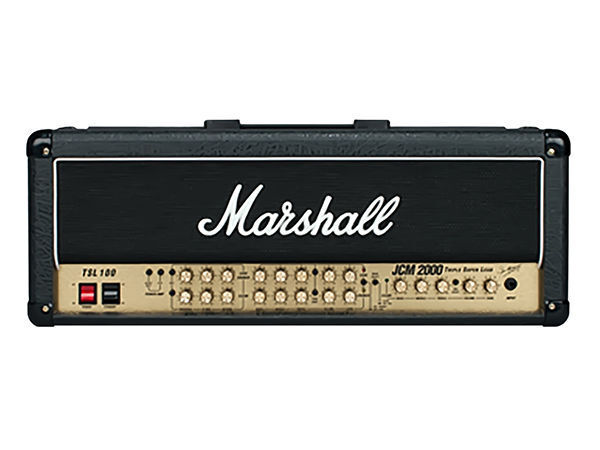

The people who care - those who would pay to hear you want to hear a sound that is pretty close to the original.īeing a betting man, since you are staying close to one sound - POD really doesn't matter - although dude you have a powerfull tool. Sure it is a modeler and sure it doens't give you the feel and sure a lot of folks plain don't like it.

In many cases, I say go POD all the way - for one HUGE reason - you can PERFECTLY recreate your recorded sound to your fans or customers. It doesn't look like you venture much from your style even if you do have a POD because you point out the 800 and the 2000, which are both used for hard rock / some metal sounds. The JCM is another turn, but I also suspect that this unit is also to tie your recording work and live work together.

Since you are pointing to the HD147 it looks like you are wanting to take your recorded sounds live, or else you would stick with POD and call it quits. Since you are using a POD for recording, no doubt you have figured out that the POD does give you a big bang for the buck. I suspect that there are a few angles you are coming from. Lots of good ideas all coming from some very good experiences. Powertubes should always be purchased in matched pairs for a 50 or 60 watt heads, and in matched quads for 100 watt heads. I prefer the SED and Electro-Harmonix tubes. I have tried the JJ brand E元4 powertubes and their 12AX7 preamp tubes, and SED winged-c E元4 and Electro-Harmonix 12AX7.

The TSL100 bias is the same as the DSL100, and the TSL60 should utilize settings of 45-50 mV per pin. Ideally, the settings should be the same for both pins. The correct measurement for the DSL50 is 35-40 mV per outside pin, and 70-80 mV per pin on the DSL100. Each outside pin on the DSL100 corresponds to a pair of powertubes. On the DSL50 each outside pin corresponds to one powertube. When adjusting the pots turn them very gently with little effort. You should turn off the standby switch and make sure there is no current registering from the pins before changing the settings. There are two small slotted pots that are used to modify the current using a small standard screwdriver. The center pin is the ground pin which should be touched with the black lead of a multimeter, while the outside pins are touched using the red lead to measure the voltage in millivolts (not milliamps). There are three test pins that protrude from the back panel of the chassis on the DSL/TSL heads. Newbies trying to set the bias on these amps need to remember to turn off the amp before removing the back grill, or replacing it, and never touch the test pins with your fingers or hand-doing so could result in electrocution. None of the above information applies to the JCM2000 series. when lowering the biasvoltage you increase the biascurrent.Ī good startingpoint for bias-settings would between 30-40mA/tube (assuming your amp uses E元4 or 6L6 output-tubes),most people seem to prefer a higher biascurrent. It will even remember your bookmarks.Bias should be measured in current not voltage(measuring bias voltage is just a cheap & fast way to set up loads of amps in a factoryenvironment) since the biasvoltage is a negative voltage used to reduce current & thus dependent on the platevoltage(which can greatly affect the sound too,older amps usually run on a lower voltage overall)i.e.
MARSHALL TSL 100 BIAS INSTALL
Use the portable version of FireFox Legacy 52.9ESR and install it on a USB stick. Using a work computer or not allowed to install something? No problem.
MARSHALL TSL 100 BIAS DOWNLOAD
You can download this version of FireFox here.
MARSHALL TSL 100 BIAS UPGRADE
If you can, we absolutely recommend you upgrade your operating system to a newer version. Have you been wondering why you can't access a lot of websites anymore? It's time to jump off the sinking ship.įor your own safety, and that of our other visitors, we ask that you please download and install FireFox version 52.9ESR for WindowsXP, which has modern secure connection support and does run on your operating system. Unfortunately it's very difficult to maintain modern security practises while also having backwards compatibility with WindowsXP. In fact, less than 10% of websites support SSLv3 and that number is dropping every day. The bad news? Your operating system (WindowsXP) is now out of date and cannot properly handle modern secure connections. The good news is this server now serves its web pages over a secure connection using modern encryption protocols. Please use FireFox on WindowsXP to continue browsing diyAudio. IE and Chrome on WindowsXP are now unsupported.


 0 kommentar(er)
0 kommentar(er)
